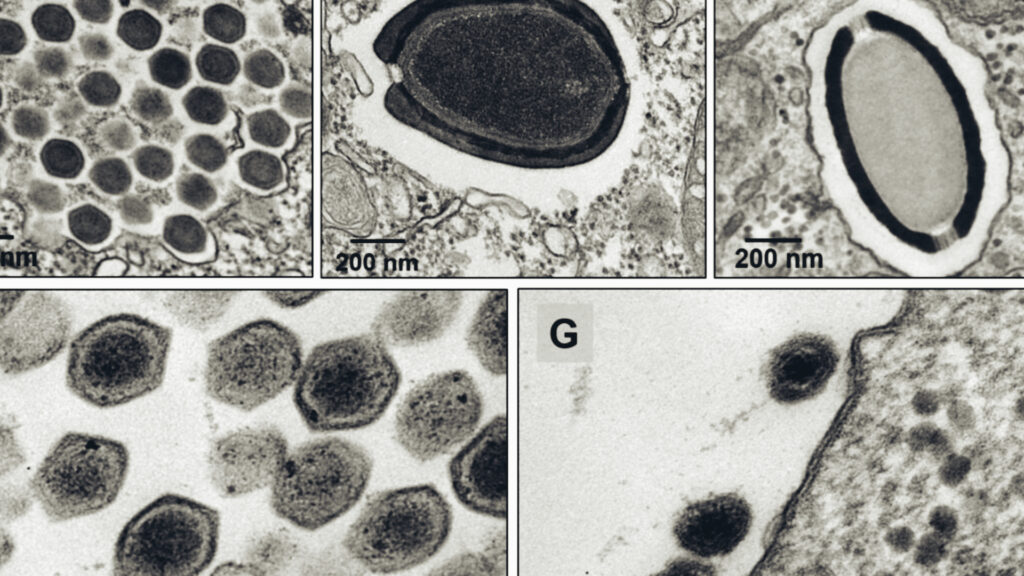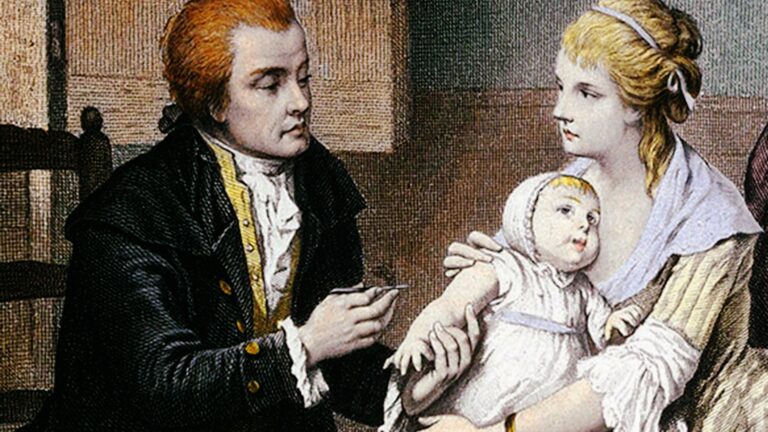Officially, the Germ Theory of Disease is the scientific theory that certain diseases are caused by microorganisms, also known as pathogens which are too small to be seen without a microscope, and they can invade humans, other animals, and other living hosts. Their growth and reproduction within their hosts can cause disease.
It was first proposed by Italian physician Girolamo Fracastoro in the 16th century, but it was not widely accepted until the 19th century.
In the 1850s, Hungarian physician Ignaz Semmelweis showed that handwashing could prevent the apparent spread of Puerperal fever, a deadly infection that often killed women after childbirth.
The use of fear of disease had been one of the first approaches to public goodwill adopted by Rockefeller and he knew it to be effective.
Rockefeller “Internationalist”: The Man Who Misrules the World (1952)
Koch’s postulates
In the 1870s, German scientist Robert Koch developed a set of four postulates that can be used to prove that a particular microorganism causes a particular disease.
- The microbe must be found in all individuals with the disease, but not in healthy individuals.
- The microbe must be isolated from a diseased individual and grown in pure culture.
- When the microbe from the pure culture is inoculated into a healthy individual, the individual must develop the disease.
- The microbe must be re-isolated from the inoculated individual and shown to be the same microbe that was originally isolated.
Which is where things get blurry, literally and figurately.
No virus, for example, has met the four postulates.

Virus isolation
For clarity, when talking about virus isolation, we are talking about scientists extracting infected tissue and purifying the virus through centrifugal filtration.
However, conventional mainstream science defines ‘virus isolation’ differently. They label the process as ‘purification’, which they avoid because it’s too much effort.
The HIV hypothesis, the theory that HIV causes AIDS, is the belief in a scientific hypothesis that has turned into a dogma… and it is now a major obstacle to research and to prevention and therapy.
Peter Duesberg
In other words, when mainstream science talks about isolation, they follow a different approach.
What scientists do is:
- culture monkey kidney cells (vero cells),
- treat them with antibiotics,
- deprive them of nutrients, and
- introduce the alleged virus.
Finally, from this mixture, they identify a computer-generated genetic sequence representing “the virus.”

Furthermore, it has been acknowledged that virus isolation has not occurred anywhere in the world, as shown by Christine Massey.
PCR is useless
During the Covid™ era, a consensus (thankfully) emerged among sceptics and proponents, including Anthony Fauci, acknowledging that the Polymerase Chain Reaction (PCR) tests are not a reliable method for diagnosing ‘infections’. It is clear that the PCR test is not merely unreliable in this context; it is fundamentally flawed, as concluded by over 20 authors of the Corman-Drosten Review (2020).
In light of our re-examination of the test protocol to identify SARS -CoV-2 described in the Corman-Drosten paper we have identified concerning errors and inherent
Corman-Drosten Review (2020)
fallacies which render the SARS-CoV-2 PCR test useless.
Beyond the complexities of interpreting raw nasopharyngeal sample analyses, if the genetic sequences to which the PCR is calibrated have not been verified as belonging to a pathogenic organism, the question arises: what exactly is being tested?
Furthermore, COVID-19 lacks a definitive clinical profile, with no unique symptoms, signs, or conclusive tests, which deems all PCR test results for it inconsequential.
PCR is unfit for purpose.
The Rosenau Experiment
The Rosenau Experiment, conducted during the 1918-1919 influenza pandemic, was a series of epidemiological studies led by Dr. Milton Rosenau at Harvard University, funded by a $50,000 donation. The experiments involved 100 navy volunteers with no history of influenza. They were exposed to various strains of Pfeiffer bacillus, mixtures of other organisms isolated from influenza patients, and blood from influenza patients. Some volunteers were even taken into an influenza ward and exposed to influenza patients directly.
Despite these exposures, none of the volunteers developed influenza, leading Rosenau to conclude that the understanding of the alleged disease’s transmission was not as clear as previously thought.
Andrew Kaufman broke it all apart for me.
The primary cause of disease is in us, always in us.
Antoine Bechamp




